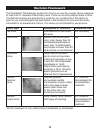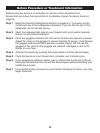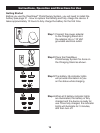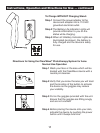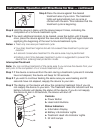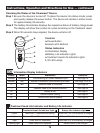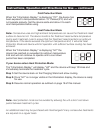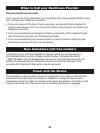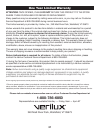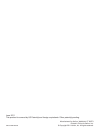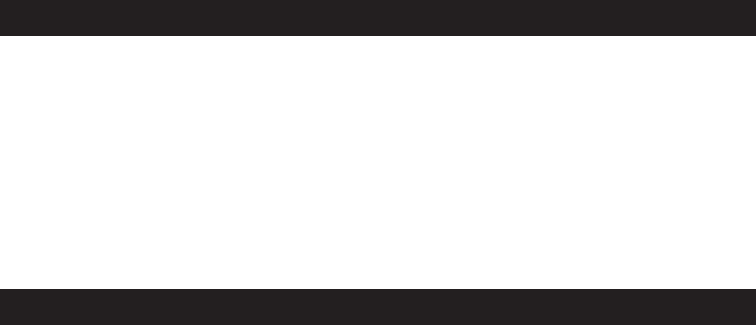
23
After treatment, you will not see noticeable changes to your skin immediately. The
visible results may take some time. Visible results may be seen between 4 and 11
weeks. Individual results do vary. It is recommended to continue treating the area
three times a day. The device should be used 2-3 times per week for a maximum of
33 treatments in 11 weeks. It is not recommended to treat any single area for more
than 3 minutes, three times per day. Two consecutive treatments to one area may be
performed. If you observe any adverse reaction such as discomfort, pain, redness
or a rash, discontinue use of the device and consult your healthcare provider before
using the device again.
Topical lotions and gels used to treat mild to moderate acne may contain benzoyl
peroxide and salicylic acid. The active ingredient benzoyl peroxide may result in
skin irritation or dry skin. The use of topical solutions can result in discoloration
or bleaching of fabrics, towels and wash cloths. Another topical acne treatment is
commonly sold as Retin-A
®
, Renova
®
or Avita
™
. A dermatologist must be consulted
in order to obtain prescription medications. For severe acne cases, a dermatologist
may prescribe Isotretinoin, also known as Accutane
®
, which is a very powerful oral
retinoid. Each of these medications is effective on certain types of acne and each
has its own benefits, risks and potential side effects.
In addition to providing effective medications for acne treatment, a qualified
dermatologist can also administer effective procedures to address an acne problem.
Chemical Peels can remove the blackheads and papules associated with mild
acne. Pulsed light treatments can be administered by a dermatologist to assist in
treatment for the bacteria that causes acne.
After Procedure Treatment Information
Alternative Procedures and Treatments



